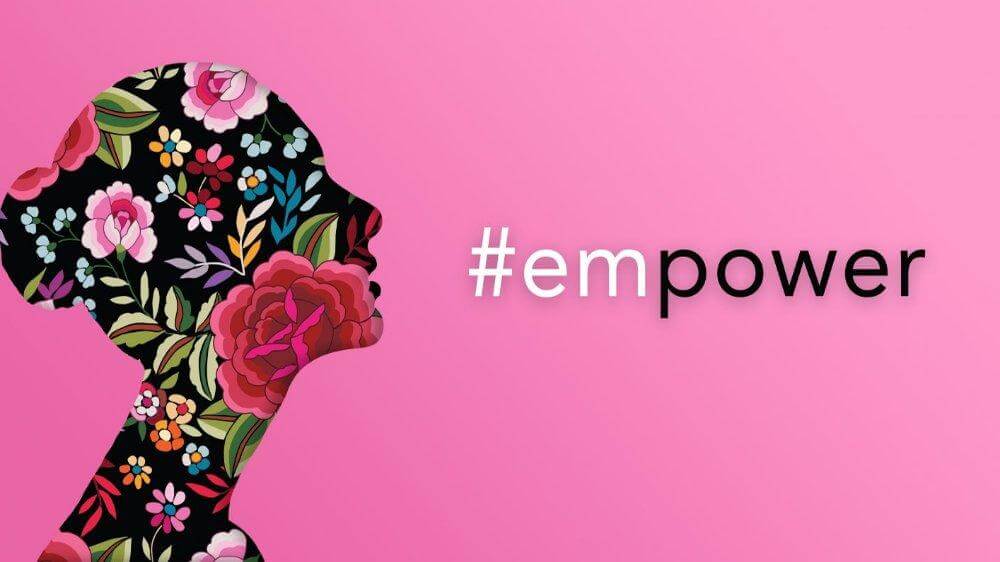India is a country of many cultures, religions, and beliefs. But one thing that’s remained the same since ancient times is the oppression of women. In recent years, however, important steps have been taken to empower women in India and provide them with equal opportunities. The government has launched several initiatives to support the cause of gender equality and ensure that women empowerment programs are included in all aspects of society.
The government’s response: various initiatives to empower women
In recent years, the Indian government has launched various initiatives to empower women and help them attain social and economic parity with men. Some of these initiatives include the Beti Bachao, Beti Padhao scheme, which aims to improve the child sex ratio in India by educating girls and empowering them to participate fully in society; the Pradhan Mantri Ujjwala Yojana, which provides free LPG connections to women living below the poverty line; and the Sukanya Samriddhi Yojana, which helps parents save for their daughter’s education and marriage.
The government has also implemented several policies and schemes to support women entrepreneurs, such as the Mahila Udyam Nidhi scheme, which provides financial assistance to women setting up small businesses; the Stree Shakti package of measures, which offers subsidies and loans to women-owned businesses; and the Pradhan Mantri Mudra Yojana, which provides loans of up to Rs. 10 lakhs for small business owners. In addition, the government has set up several all-women banks and branches of regular banks across the country to encourage women empowerment schemes in India.
These initiatives have helped millions of women across India gain financial independence and empowerment. With more girls being educated and more women participating in the workforce, it is hoped that India will soon see a more equitable society where men and women are on an equal footing.
The problem: gender inequality in India
In India, women face discrimination and inequality in many spheres of life. The country ranks poorly on gender equality indices, with a large gender gap in both education and employment. Women are also paid less than men for comparable work, and often face sexual harassment and violence both at home and at work.
The Indian government has launched several initiatives to empower women and address gender inequality. These include the Beti Bachao Beti Padhao (Save Girl Child, Educate Girl Child) campaign, which aims to improve the girl-child sex ratio and ensure girls have access to education. The Mahila Shakti Kendras (Women’s Empowerment Centers) initiative provides support services for women including legal aid, financial assistance, and counseling. And the Pradhan Mantri Ujjwala Yojana (PMUY) scheme provides free LPG connections to women from low-income households, helping them reduce their dependence on wood for cooking and thus freeing up their time for other activities.
Despite these initiatives, much more needs to be done to address gender inequality in India. Women continue to be marginalized in many areas of society, and there is a long way to go before they can truly achieve equality with men.


